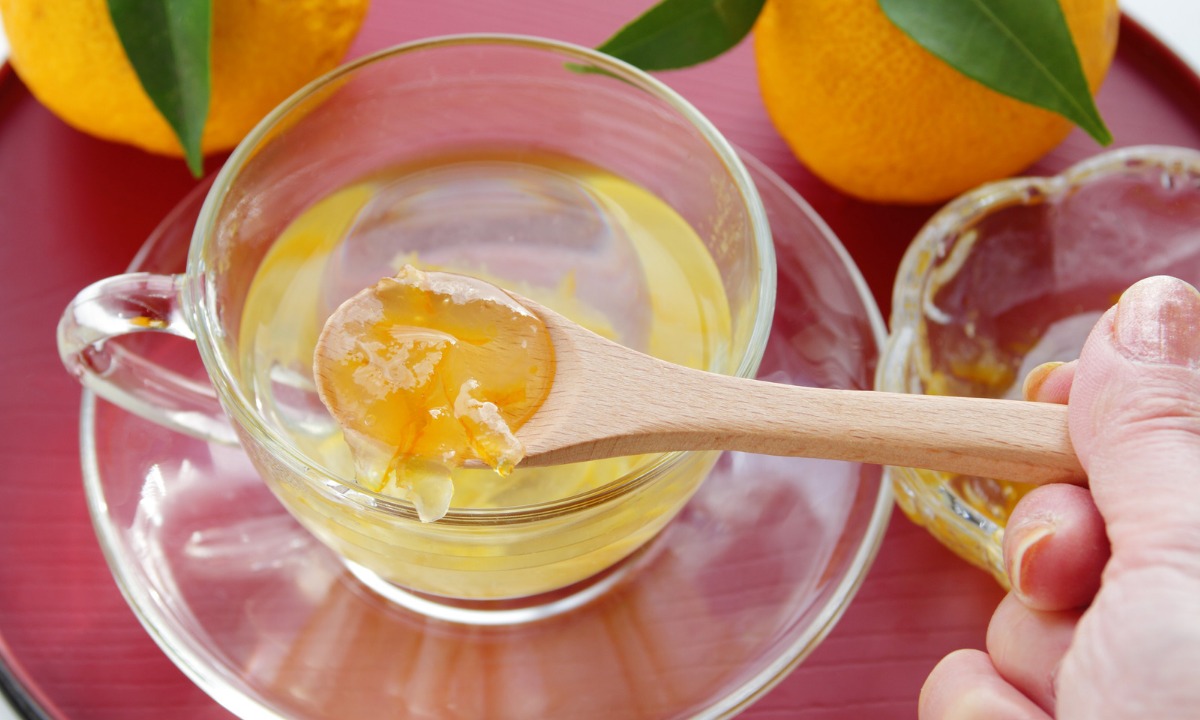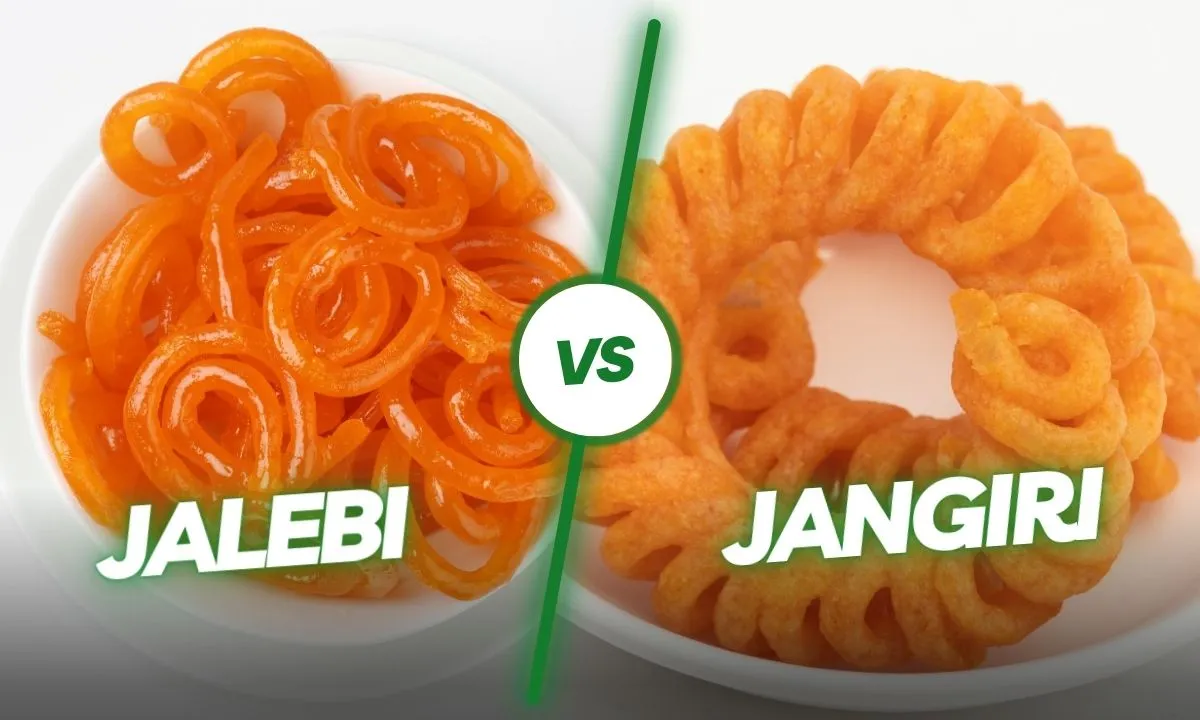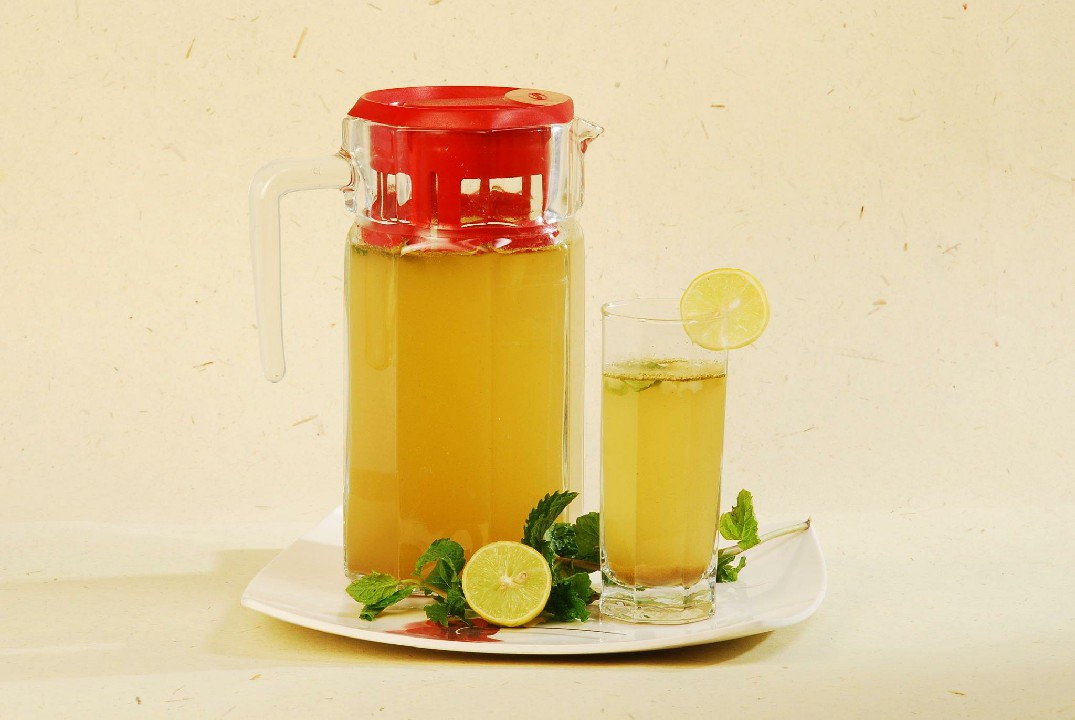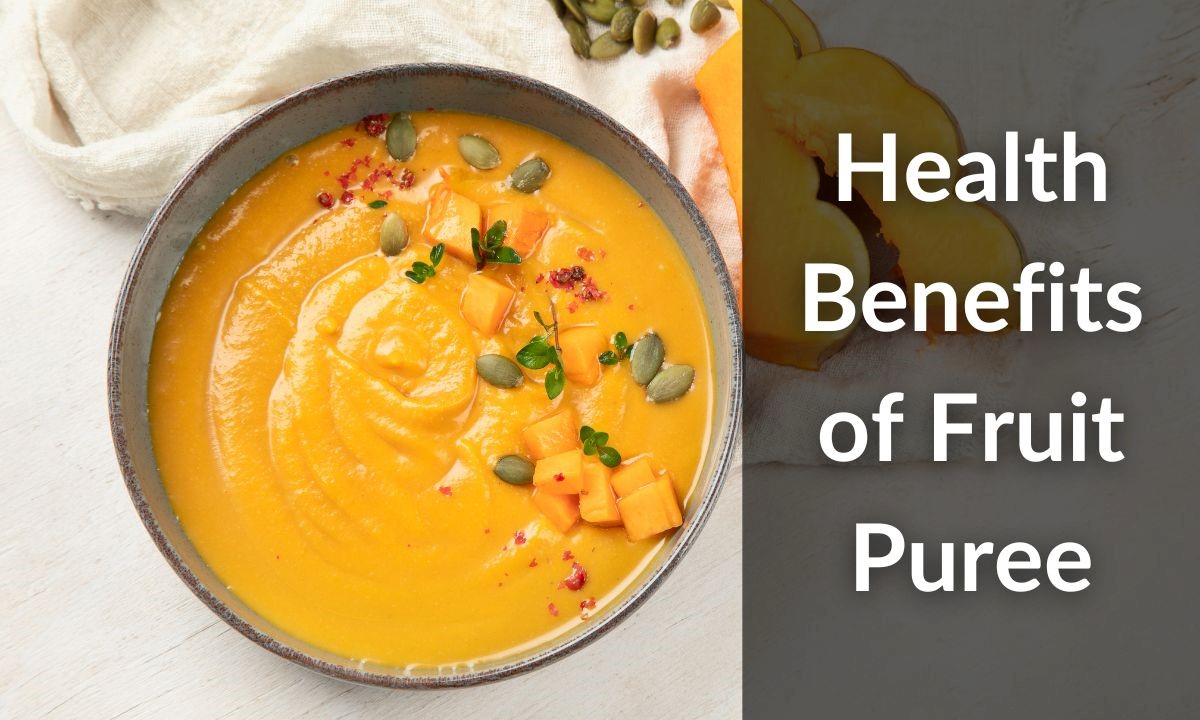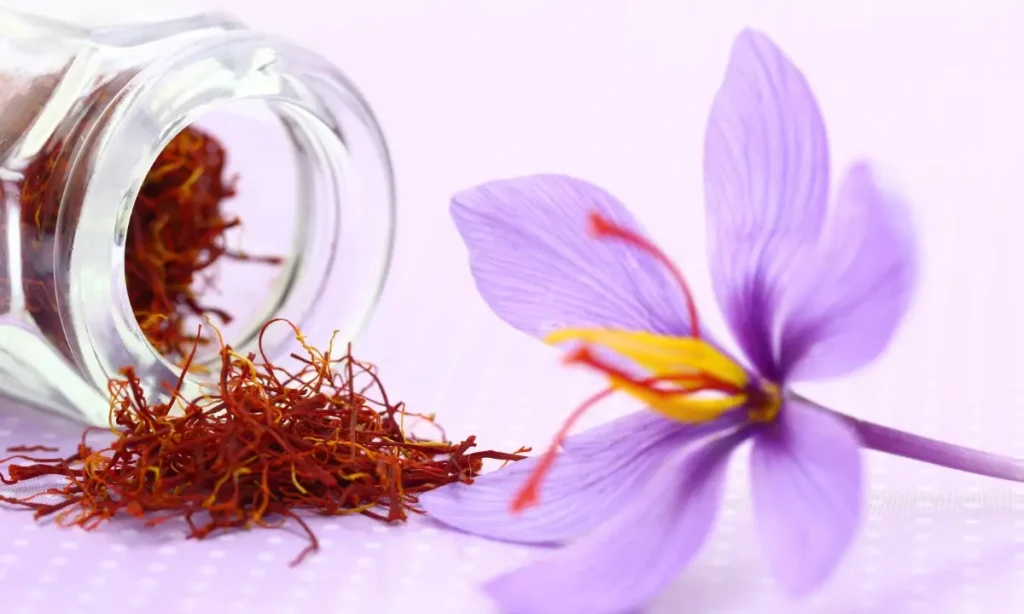
Saffron, often referred to as “red gold”, is a spice derived from the Crocus Sativus flower. It’s the most expensive spice in the whole world because of its labour-intensive harvesting technique! I have also mentioned it in my previous blog — “Most Expensive Spices In The World”, you can take a look!
It would be no mistake to say that saffron is one of the most charming and flavourful spices with its bright reddish-golden hue and delightful piquancy. Saffron is one of my favourite spices and I mostly make use of it while cooking Indian desserts! Saffron is used all over the world but is a staple in Middle Eastern, Mediterranean, and Indian cooking.
Well, do you know that every country produces its own type of saffron? Yes, interestingly there are different varieties of saffron that come from different parts of the world and when I came to know about them, I thought of sharing it with you all, because why not! So, join me in exploring different types of saffron in the world and add them to your culinary world!
List Of 11 Different Types Of Saffron In The World
Bunch Saffron
The Bunch Saffron has the longest saffron strand saffron among all the persian saffron, which is about 1.1 inches. Other names of Bunch saffron are Dasteh, Dastehi, Dokhtar Pich, & Khooshe. Besides having more of a yellow part, the strands also contain approximately 3 to 5 millimeters of the cream or white portion.
As indicated by its name, the threads of the Persian Bunch saffron are sold traditionally in bundles that resemble sheaves of wheat, which is tied by utilizing a thin string. Bunch or Dastehi saffron typically contains fewer dark red stigmas per ounce when compared to all-red varieties of saffron. Normally, each thread of Dastehi saffron consists of around 70–90% stigma.
Pushal Saffron
Pushal, or Poushal, is also a Persian saffron whose strands are of longer types and have lower grades. Approximately 0.9 inches in length, its threads contain yellow segments of the style. In terms of the characteristics of Pushal saffron, it’s not much different from other types of saffron grown in Iran and is considered to be of moderately high quality.
The threads are somewhat fine & straight, but you might even find wavy or curly threads as well. Some of the individuals make use of Pushal saffron more often because they find it simple to identify a real saffron versus a fake one! The natural hue of this type of saffron from red to yellow is generally witnessed as a sign of originality.
Sargol Saffron
In farsi, Sargol means “Top Of The Flower”, and is one of the most commonly used saffron around the world. It is a sub-type of Persian saffron that comes from the extreme tip of the thread. Sargol saffron is easy to recognize as it has shorter threads i.e., about 0.1 inches and is of deep red colour.
Sargol is considered to be the high quality of saffron because of the absence of yellow, orange or white threads. But Sargol is not as superior as Negin or Super Negin as this type of saffron possesses more breaks or crumbs. Sargol saffron is widely known for its all-red colour, beautiful aroma & taste and contains a high percentage of crocin & safranal.
Negin Saffron
Persian Negin Saffron is of superior quality that contains red saffron threads and its length is about 0.7 inches. Similar to Super Negin saffron, Negin saffron also does not have any white or yellow portions. When the Negin saffron is separated from the entire filament, keeping all three stigmas intact, it only retains the main red portion along with a small red-orange section.
However, if there is a comparison between Negin Saffron and Super Negin Saffron, then the super negin definitely beats the negin saffron. But, they are quite relevant in terms of colour, smell and taste. Also, the Negin saffron is a bit longer as its length would be twice the length of the Super Negin thread.
Super Negin Saffron
Super Negin Saffron, another Persian Saffron, is regarded as the highest quality of saffron & it’s also one of the most expensive & rarest kinds of saffron in the whole world. It has all-red threads, no yellow or white portions, that are approx. 0.5 inches long and they are normally obtained from the top most part of the saffron strands.
This specific portion of saffron threads also holds the three primary compounds responsible for its high value & uniqueness, they are – Crocin, Picrocrocin & Safranal. In simple words, the Persian Super Negin saffron is the best among all as it has high colouring power, enchanting shape and colour.
Kashmiri Saffron
Kashmiri Saffron,of course who isn’t aware of this one! This type of saffron has thick strands which are approx. 0.6 inches long and they have a maroonish-purple colour. While they contain many smelly compounds, Kashmiri saffron also possess a considerable amount of ash. India is a country which is quite popular for its food and the use of different spices in its cuisines!
Therefore, it is not at all surprising that it is also one of the largest producers of saffron in the world. Kashmiri saffron is grown in Jammu & Kashmir, but for those of you who don’t know, this type of saffron is also grown in Himachal Pradesh and Karnataka. Furthermore, Kashmiri saffron can be divided into two subtypes, they are — Mongra (stigma without the style) and Lacha (stigma with some of the style).
Konj Or White Saffron
Konj or White saffron majorly contains the style portion and its threads are quite short, which is approx. 0.1 inches with cream-colored long filaments. White saffron is quite similar to the Sargol saffron when it comes to their sizes, but it’s not comparable in terms of quality.
In the uncommon scenario where the saffron thread retains a hint of red, it still does not contribute effectively to enhace the grade of the saffron referred to as “White”. Even though it retains some of its distinctive oils and compounds, it does not meet the criteria for classification as Class IV. But it doesn’t signifies that the Konj saffron has zero value, it still have a distinct taste & aroma.
Krokos Or Green Saffron
Krokos or Greek saffron is of red & orange colour and has long threads which are of 1.2 inches long. This is due to the fact that the style portion is generally retained. Dissimilar to Persian & Indian saffron, the Krokos saffron does not has its classification system. It is generally common for the Greek saffron thread to have 80% of stigma part and 20% of the style portion.
Spanish Saffron
Next comes the Spanish saffron, whose threads are typically bright red in colour and are of 0.9 inches. This particular type of saffron has its classification system of 5 levels and is hardly subjected to grading according to the international standards. However, the class and quality of the Spanish saffron might vary largely depending on its region of cultivation.
You must know that highest grade of Spanish saffron contains threads with stigmas only and it is referred to as the Coupe. Spanish saffron is generally compared to Sargol, Super Negin, and Negin. All 4 grades of Spanish saffron contains styles of distinct proportions and they are Sierra, Standard, Rio, and La Mancha.
Italian Saffron
Italian saffron primarily possesses a deeper red colour along with a bit of a yellow & orange style. Some of the Italian saffron also tends to resemble the Persian Negin saffron. This type of saffron is generally categorized under Grade 1. Italian saffron threads are generally short, which is about 0.5 inches.
Italian saffron cultivation is generally restricted in nature because of the climate. The year-round rainfall and high humidity is the main problem here! Most of the saffron farms are located in Sardinia and Navelli valley. However, it does contain large amounts of aromatic compounds.
Moroccan Saffron
Moroccan saffron has long threads which is approx 1 inches and contains little portion of yellow & reddish-orange colour style. The Moroccan saffron that are cultivated at higher altitudes are considered to be of great quality and classified under Grade 1 or 2.
Similar to the Greek Saffron, Moroccan saffron doesn’t have any particular sub-categories. All saffron grown in Morocco is normally named as Moroccan saffron. However, there is a slight difference in the quality of saffron cultivated in different regions of Morocco.
Wrapping It Up!
Each variety of saffron has something unique to bring to the table and they compose a harmonious blend of flavors! These types of saffron are definitely going to enhance the essence of our recipes. So, what are your thoughts? Wasn’t this an interesting exploration about knowing so many types of saffron?
Are you excited about buying and trying out each one of them in your recipes? Well, I am for sure! But I would really like to know about your views on this, so all you need to do is to comment down your thoughts below right now!
FAQs
Which Country Is The Largest Producer Of Saffron In The World?
Iran is the largest producer of the best quality saffron in the whole world and is known to produce 90% of saffron worldwide. Next comes India, Greece, Morocco, and so on.
Which Saffron Is The Rarest Of All?
Super Negin saffron is the most rare saffron in the world and has longer threads but it does not contain any orange or yellow threads. It is known to be the most potent one and has pleasing characteristics.
Which Saffron Is Known To Be The Best?
Kashmiri saffron is considered to be the best saffron in the world because of its colour, aroma and medicinal properties. It is harvested only once a year between October to November.
